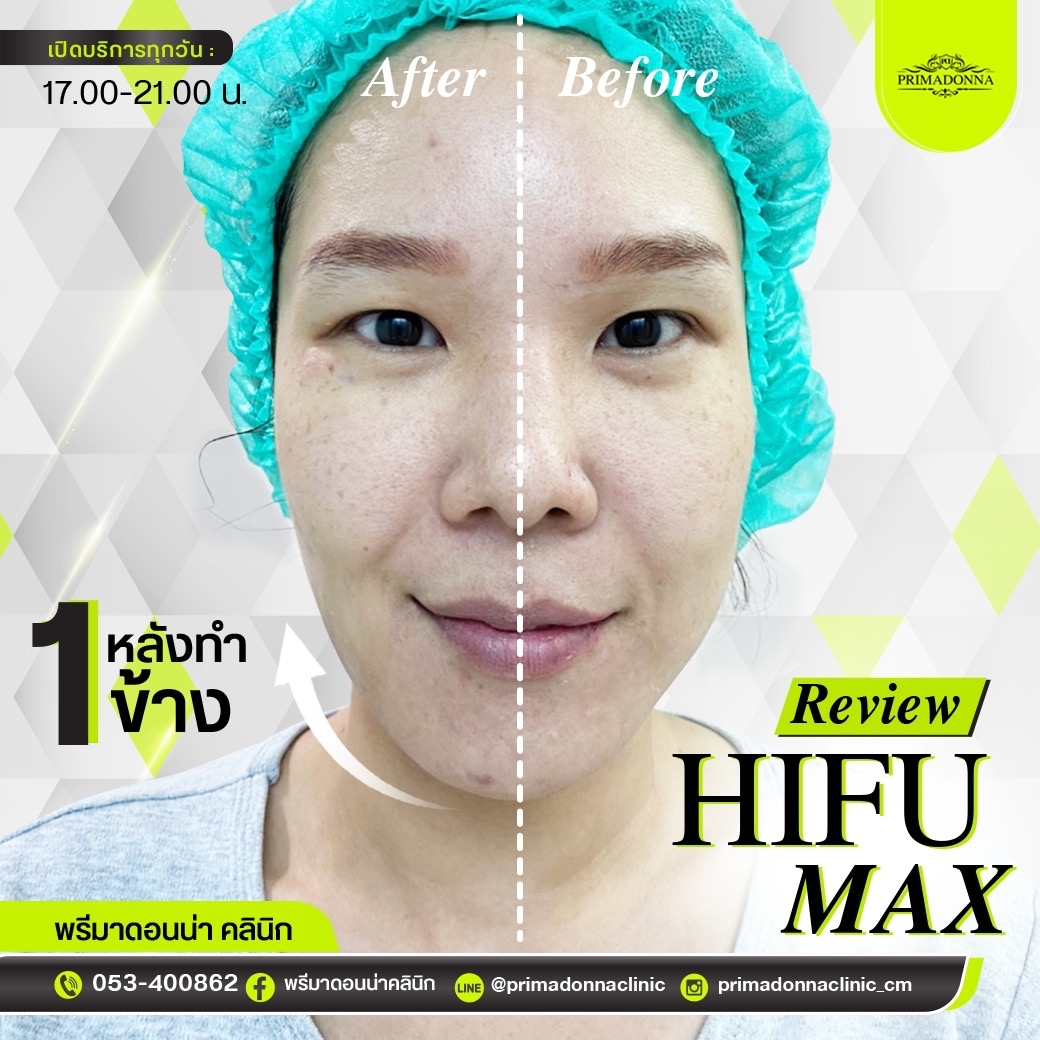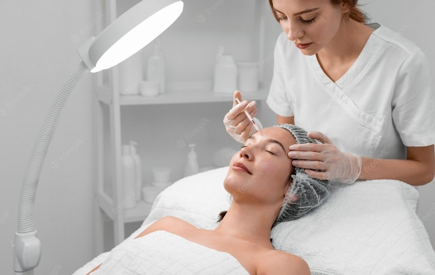
DO YOU HAVE HAIR LOSS OR HAIR SHEDDING?
DO YOU HAVE HAIR LOSS OR HAIR SHEDDING?
If you’ve been noticing more hairs on your pillow or hairbrush than normal, you may worry that you have hair loss. You could actually just be shedding more hairs than normal. Yes, there is a difference.
Hair shedding often stops on its own
It’s normal to shed between 50 and 100 hairs a day. When the body sheds significantly more hairs every day, a person has excessive hair shedding. The medical term for this condition is telogen effluvium.
Excessive hair shedding is common in people who have experienced one the following stressors:
Most people notice the excessive hair shedding a few months after the stressful event. For example, a new mom can see excessive hair shedding about two months after giving birth. The shedding usually peaks about four months after giving birth. This shedding is normal and temporary.
As your body readjusts, the excessive shedding stops. Within six to nine months, the hair tends to regains its normal fullness.
If the stressor stays with you, however, hair shedding can be long lived. People who are constantly under a lot of stress can have long-term excessive hair shedding.
Hair loss differs from hair shedding
Hair loss occurs when something stops the hair from growing. The medical term for this condition is anagen effluvium. The most common causes of hair loss include:
If you have hair loss, your hair will not grow until the cause stops. For example, people who undergo chemotherapy or radiation treatments often lose a lot of hair. When the treatment stops, their hair tends to regrow.
If you suspect that a treatment or drug is causing your hair loss, talk with your doctor. Serious side effects can occur if you immediately stop a treatment or drug.
Other causes of hair loss may require treatment. Many people who have hereditary hair loss continue to lose hair without treatment. A woman who inherits the genes for hereditary hair loss may notice gradual thinning. Men who have hereditary hair loss tend to develop a receding hairline or bald patch that begins in the center of the scalp.
Treatment helps many people who have hair loss, but not everyone. A dermatologist can tell you what to expect.
Dermatologists can distinguish between hair loss and hair shedding
If you are concerned by the amount of hair falling out, you don’t need to suffer in silence. You can turn to a dermatologist for help. These doctors specialize in diagnosing and treating the skin, hair, and nails. A dermatologist can tell you whether you have hair loss or excessive hair shedding. Some people have both.
A dermatologist also can find the cause or causes and tell you what you can expect. Effective treatments options are available for many types of hair loss. The sooner treatment begins, the better the prognosis.




